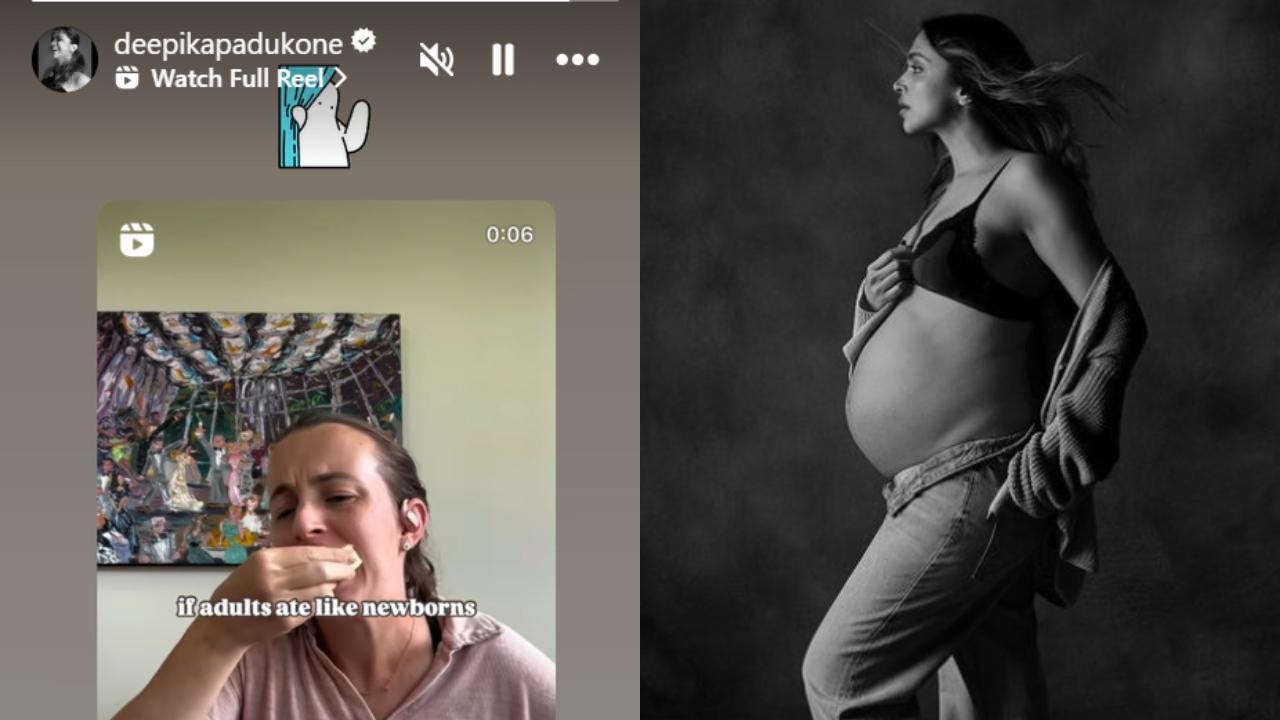When it first arrived in the U.S. in 1990, ’s assassin flick felt like a shot (or rather, several thousand gunshots) to the system.
With action scenes choreographed like pyrotechnical ballets, and a gushingly romantic take on love and violence that employed slow motion, dissolves and a seemingly endless supply of flying doves, Woo’s twist on the genre would help to transform it over the next decade — whether in blockbusters or in the work of a major fan like Quentin Tarantino. The director’s subsequent career, both in Hollywood and in his native Hong Kong, had its ups ( , ) and downs ( ). But anyone making action films in his wake still owes him a debt.

His best movies were poetic fits of style over substance, turning what was mostly considered a grungy, forgettable B-level genre into a case for high cinematic art, guns and gore included. The original , which starred Chow Yun-Fat as a hitman who gets a dangerous case of cold feet, was totally over-the-top but also perfect in its own right. Why, then, did Woo decide to remake it in English (and a little French) more than three decades later? One reason, going by this well-executed but rather bland Peacock original, may have been the desire to reset the story in Paris — and Woo definitely exploits the City of Lights to the max here.
Not since Tom Cruise pummeled the French capital in have we seen so many chases, fights and shootouts staged against so many breathtaking Parisian backdrops, from the banks of the Seine to all the rooftops offering perfect vantage points for scenes of gunplay and mayhem. As film nerds and Woo lovers may know, the city was also the setting for Jean-Pierre Melville’s 1967 hitman masterpiece , which and which was the major inspiration for the first . Both Delon and Chow-Yun Fat played impeccably dressed assassins named Jeff (spelled with one “f” in the French film), who expresses himself much better with bullets than with words, and who’s on the run from both the local authorities and the bad guys who hired him.
Woo, working this time with vet writer Brian Helgeland and scribes Josh Campbell and Matt Stuecken, keeps the original template more or less intact, albeit with a few interesting shifts. Jeff is now Zee ( ), a gunslinging, katana-wielding femme fatale plucked from the gutter to become a professional killer at the hands of her overseer, Finn (Sam Worthington, doing his best Irish brogue). And the cop chasing her, Sey ( ), is a charming tough guy who may have a crush on her, whereas in the original the setup was more or less a bromance between two badass dudes.
The chemistry between Emmanuel and Sy carries much of the narrative weight here, while the other plot additions, including a drug heist gone awry, a corrupt police precinct and an evil Saudi prince (Saïd Taghmaoui) calling the shots, feel as boilerplate as they come. (To Woo’s credit, he makes fun use of Manchester United forward-turned-actor Eric Cantona, playing a mob boss with awful taste in contemporary art.) Many of these new elements muddy the mechanics of a movie that worked best, in its first installment, when the plot was kept simple and pure.
That gave Woo the chance to concentrate almost solely on the action, whereas this version is altogether more chatty, including lots of bonding scenes between Zee and the damsel-in-distress, Jenn (Diana Silvers), whom she spares during an early bloodbath and decides to then protect against all odds. That said, the maestro does get to show off his chops during a few memorable action sequences — especially a hospital scene where the tension is kept very high and the fight choreography (credited to Jérôme Gaspard) is impeccable. There’s also a very over-the-top opening shootout/car chase along the Seine that captivates our attention from the get-go.
And yet, compared to the new wave of ultra-stylized action flicks that kicked off around a decade ago, there’s something about this second take on that already feels old. (We should also probably mention David Fincher’s yet another Paris-set assassin tale where extreme craftsmanship is more important than plot.) Woo got the ball rolling back in the late ’80s and early ’90s, but that ball has gotten bigger and faster, more violent and technically competent — to the point that it seems to have rolled past him by now.
If his new movie feels 25 years too late, it’s also a reminder of what made the original so special in its day. Those who manage to discover through this serviceable remake would be better off revisiting the one that started it all. Full credits THR Newsletters Sign up for THR news straight to your inbox every day More from The Hollywood Reporter.



















